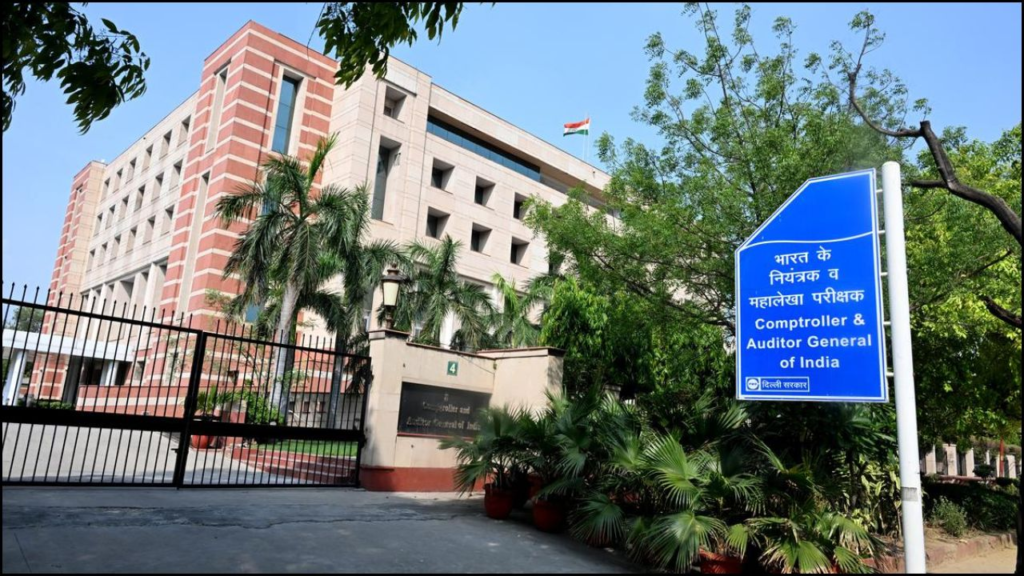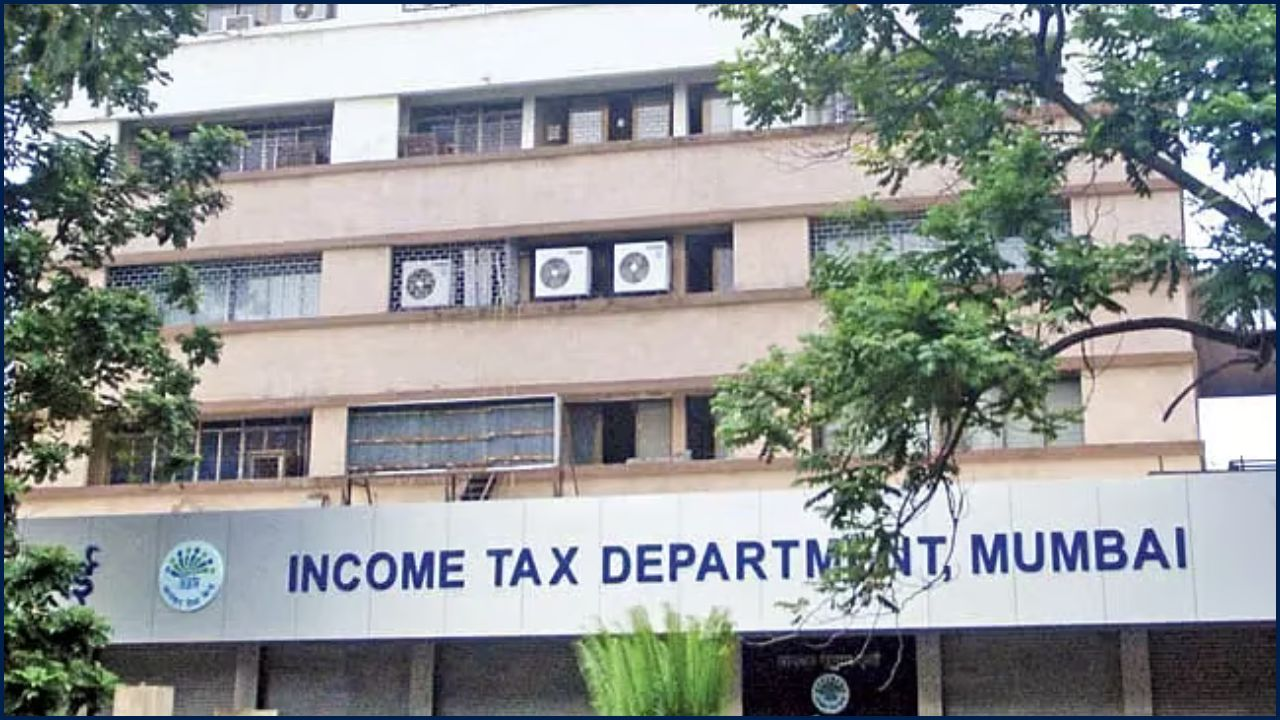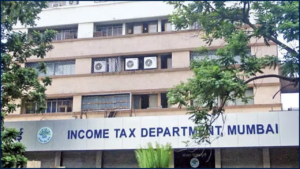
A recent report from the Comptroller and Auditor General (CAG) of India has revealed that state governments’ salary, pension, and interest expenditures have surged by over 100% in the last decade. This increase, which doubled from ₹6.26 lakh crore in 2013–14 to ₹15.63 lakh crore in 2022–23, underscores mounting financial pressures on India’s state budgets.
The Growing Financial Burden on States
The CAG’s annual report, which tracks the financial health of India’s states, has raised significant concerns regarding the growing strain on state finances. Between 2013–14 and 2022–23, the combined expenditures on salaries, pensions, and interest payments doubled, reflecting an alarming trend in the increasing proportion of revenue spent on committed obligations. This fiscal imbalance could pose serious challenges for states as they strive to meet developmental goals and improve public services.
The Rising Financial Commitments of States
According to the CAG, the total expenditure on salaries, pensions, and interest payments across Indian states surged from ₹6.26 lakh crore in FY 2013–14 to ₹15.63 lakh crore in FY 2022–23. This represents a 2.5-fold increase in just a decade, with interest payments alone consuming a significant portion of the state budgets. As a result, committed expenditure now constitutes a substantial share of states’ total spending, squeezing out funds for growth-driven projects.
CAG Report Reveals State salaries, pension, and interest costs have become major components of the fiscal burden, often leaving limited room for states to address their developmental and social needs.
Breakdown of Key Expenditures
Salaries and Wages
Salaries have long been the largest segment of state governments’ expenditures. Public sector employment across states has expanded, particularly in education, healthcare, and local administration, contributing to the rising wage bill.
According to the CAG, this trend is not expected to reverse soon. States like Uttar Pradesh and Maharashtra are witnessing rapid increases in recruitment, which means the wage bill will likely continue to rise in the coming years. The CAG report highlighted that these fixed costs now constitute a significant portion of revenue expenditure, with only a limited amount left for discretionary or developmental spending.
Pensions: A Growing Burden
Pension liabilities have become another significant drain on state budgets. In nine major states, including Andhra Pradesh, Gujarat, and Tamil Nadu, pension costs have outpaced the interest payments, pointing to the growing fiscal distress. The transition to pension schemes for retirees has steadily increased the burden, and as the population ages, states are witnessing a sharp rise in pension payouts.
For states such as Punjab, pension spending now exceeds revenue receipts in certain years, leading to concerns about the long-term sustainability of pension schemes.
Interest Payments: Debt Servicing Crisis
Interest payments, which reflect the growing debt burdens of states, have risen in tandem with the increase in borrowing. Several states have faced challenges meeting their debt obligations due to declining revenues and an over-reliance on borrowing. As a result, states such as West Bengal, Karnataka, and Rajasthan have seen interest payments surpass other key expenditures like pensions.
Debt servicing has become a critical issue, with many states depending on the Centre for debt restructuring or interest relief.
The Subsidy Factor: Escalating Government Spending
A significant area of concern highlighted in the CAG report is the rise in subsidy expenditure. From ₹96,479 crore in 2013–14, subsidy outlays have surged to ₹3.09 lakh crore in 2022–23, more than tripling during this period. Subsidies, particularly in sectors like food, fuel, and fertilizers, are eating into state budgets, further exacerbating the financial strain.
Despite these growing obligations, states have found it challenging to scale back subsidy programs due to political considerations and public reliance on them.
The Impact on State Finances
This escalating financial burden on state budgets has far-reaching consequences for the nation’s fiscal health. The increasing share of committed expenditure means that state governments have less fiscal space to invest in infrastructure, education, healthcare, and other critical development projects.
Regional Variations and the Need for Reform
The rise in state expenditure on salaries, pensions, and interest is not uniform across all states. While some states like Gujarat and Maharashtra have a relatively better fiscal health due to higher revenues, others, including West Bengal and Punjab, are grappling with severe financial distress.
The CAG report calls for more significant fiscal reforms, urging states to prioritize efficiency in government spending and explore avenues to reduce their dependency on debt. Experts suggest that reforming pension schemes and wage structures, along with optimizing subsidies, could provide states with some relief.
Conclusion: A Call for Balanced Fiscal Management
The CAG’s findings signal a need for urgent reform in state financial management. While salary, pension, and interest burdens are unavoidable, finding ways to reduce dependency on borrowing and ensure efficient spending could prevent further fiscal distress. States must strike a balance between meeting immediate expenditure obligations and investing in long-term growth initiatives to secure sustainable economic development.
















